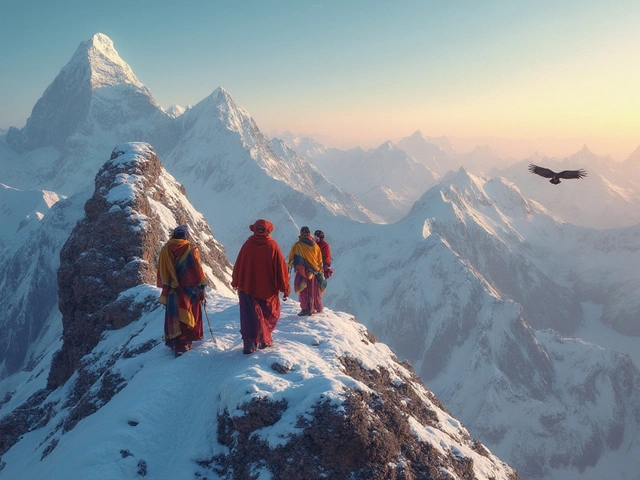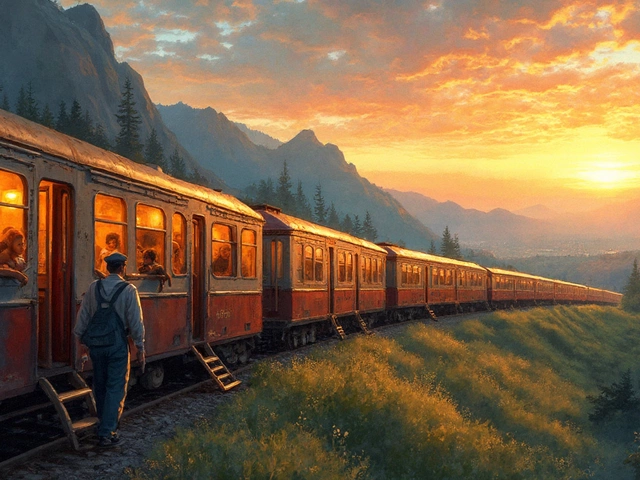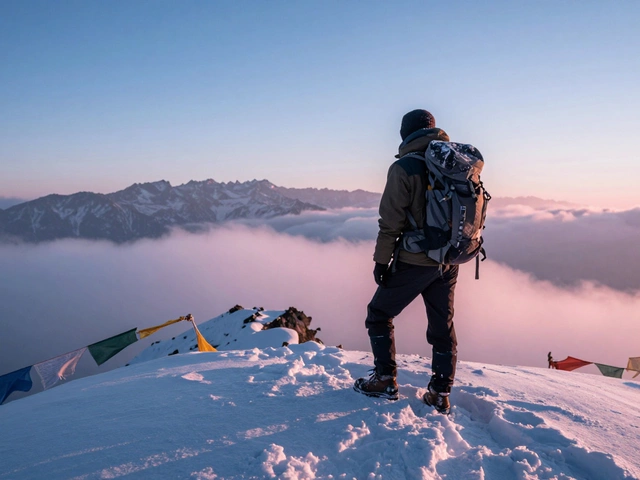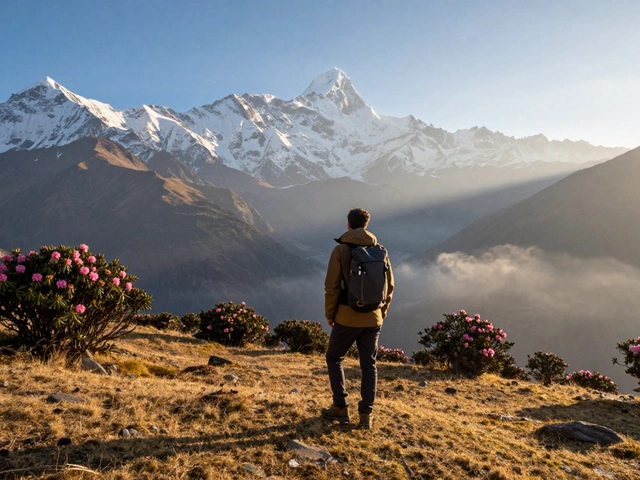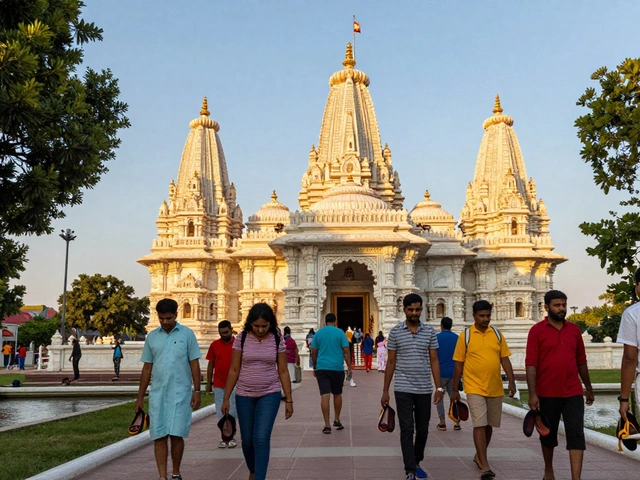Kailash Trek Readiness Calculator
This calculator assesses your physical preparation, gear readiness, and logistical planning for the Kailash Mansarovar trek. Based on your inputs, you'll receive a readiness score and personalized recommendations.
If you’ve ever stood at the base of a mountain and wondered, what is the hardest place to hike?-you’re not alone. Thousands of adventurers ask this every year, and for good reason. India isn’t just home to scenic trails; it’s packed with routes that test endurance, altitude tolerance, and mental grit like few other places on Earth. Among them, one stands out-not because it’s the tallest, but because it combines extreme conditions, spiritual weight, and physical brutality in a way that breaks even seasoned trekkers.
The Kailash Mansarovar Trek: More Than Just a Hike
The Kailash Mansarovar trek in Tibet, accessed through India’s Uttarakhand border, isn’t just a trail-it’s a pilgrimage that demands more than fitness. At 15,000 to 19,000 feet above sea level, the route crosses the Dolma La Pass, one of the highest and most dangerous mountain crossings in the world. The pass itself is a narrow, icy ridge with steep drops on both sides. One misstep, one moment of altitude sickness, and you’re in serious danger.
Unlike most treks, this one doesn’t allow you to rest and acclimatize easily. You’re expected to complete the full circumambulation of Mount Kailash-52 kilometers-in under 24 hours, often in sub-zero temperatures with wind chill dropping below -20°C. Oxygen levels at the summit are 40% lower than at sea level. Many people report hallucinations, nausea, and extreme fatigue. It’s not uncommon for even experienced climbers to turn back before the pass.
There’s no easy access. You need special permits from both the Indian and Chinese governments. The journey starts in Gunji or Lipulekh Pass, where the road ends and the real challenge begins. There are no tea houses, no cell service, and no rescue teams nearby. You carry your own gear, food, and sleeping bag. If you get sick, you’re on your own until you reach the next camp-sometimes 12 hours away.
Why This Trek Is Harder Than Everest Base Camp
People often compare Kailash to Everest Base Camp. But here’s the truth: Everest Base Camp is a walk in the park compared to Kailash. Base Camp sits at 5,364 meters. Dolma La is at 5,630 meters-and you don’t just climb to it. You cross it. And you do it cold, tired, and often after days of minimal sleep.
Also, Everest Base Camp has a support system: porters, guides, oxygen tanks, and medical stations. Kailash has none of that. The few medical posts are basic and understaffed. There’s no helicopter evacuation unless you’re near the border and lucky enough to be spotted. Most trekkers rely on their own judgment and the kindness of strangers.
And then there’s the spiritual pressure. For Hindus and Buddhists, completing this trek is a lifetime goal. The weight of expectation-personal, religious, cultural-can be heavier than your backpack. You’re not just hiking for fitness. You’re hiking for redemption, for cleansing, for a chance to feel something beyond the physical. That mental load? It’s part of the terrain.
Other Tough Treks in India That Come Close
Kailash is the hardest-but it’s not the only one. India has several other trails that will test your limits:
- Roopkund Trek: Known for the “Skeleton Lake,” this 50-kilometer route climbs to 5,029 meters. The final ascent is a steep, rocky scramble with thin air and sudden storms. In 2023, three trekkers died from altitude sickness during a single week.
- Nanda Devi Base Camp: This 65-kilometer trek is restricted to only 150 people per year due to its ecological sensitivity. The trail crosses glacial moraines, unstable scree slopes, and narrow ridges with no guardrails. Altitude peaks at 4,700 meters, but the remoteness makes it far more dangerous than it looks.
- Chandrashila Summit via Tungnath: A 4-kilometer final climb from Tungnath Temple to Chandrashila. Sounds short? At 4,000 meters, with icy winds and zero oxygen, it feels like climbing a ladder to the sky. Many give up here, even after hiking for days.
Each of these trails has its own dangers. But none combine the altitude, the isolation, the weather volatility, and the spiritual intensity like Kailash.
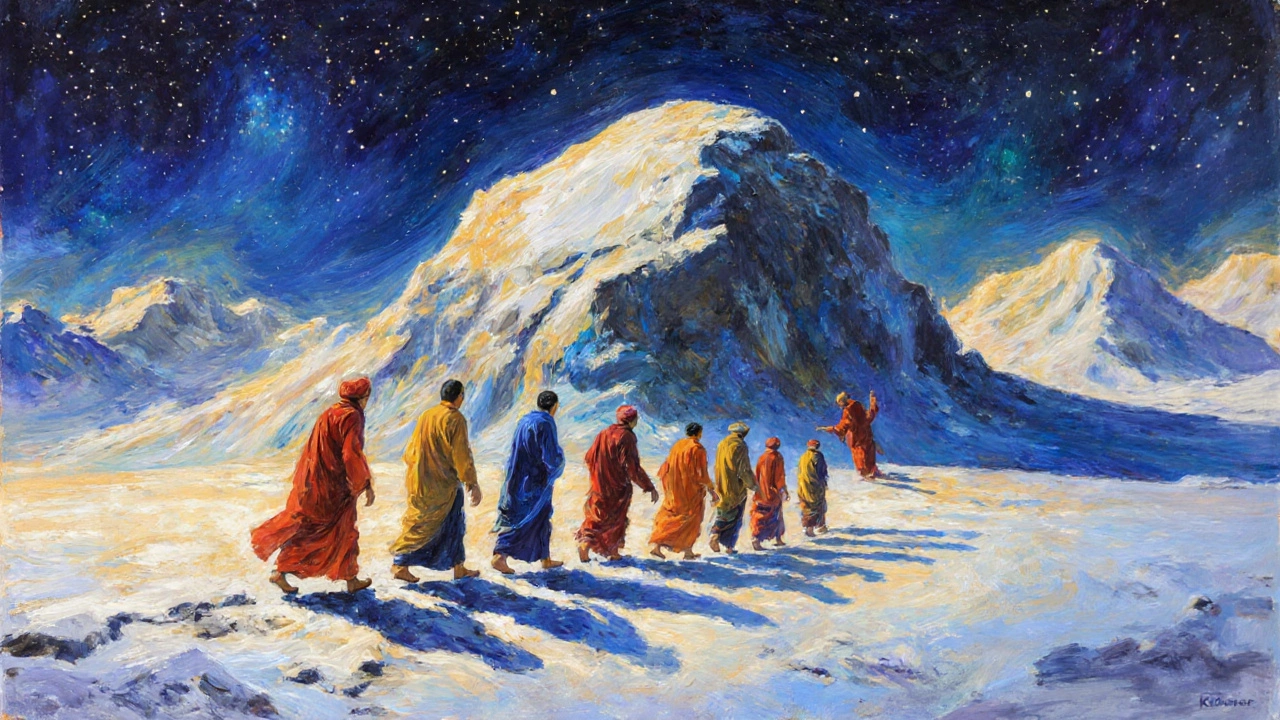
Who Should Even Try This?
Let’s be clear: you don’t need to be an elite athlete to attempt Kailash. But you do need to be prepared. Most people who fail aren’t weak-they’re unprepared.
Here’s what actually works:
- Train for 6 months: Focus on cardio (hiking with a 15kg pack), leg strength, and breathing exercises.
- Acclimatize properly: Spend at least 7 days at 3,000-4,000 meters before attempting the pass.
- Travel with a reputable group: Don’t go solo. Choose a guide who knows the route, speaks Tibetan, and carries emergency oxygen.
- Bring the right gear: Thermal layers, windproof shell, crampons, and a high-altitude sleeping bag rated for -30°C.
- Know the signs of AMS: Headache, dizziness, vomiting, confusion. If you feel this, stop. Don’t push.
Many people think they’re ready because they’ve hiked in the Himalayas before. But Kailash doesn’t care about your Instagram photos. It only cares if you’re alive at the end.
What Happens When You Make It?
Those who reach the top of Dolma La don’t celebrate with cheers. They kneel. They cry. They sit in silence, staring at Mount Kailash-perfect, snow-capped, untouched-rising like a god among clouds.
It’s not about conquering the mountain. It’s about surviving yourself. The trail strips away everything: your ego, your distractions, your need for comfort. What’s left? Just breath, movement, and the quiet understanding that some places aren’t meant to be conquered. They’re meant to be endured.
That’s why Kailash isn’t just the hardest hike in India. It’s one of the hardest human experiences on Earth.
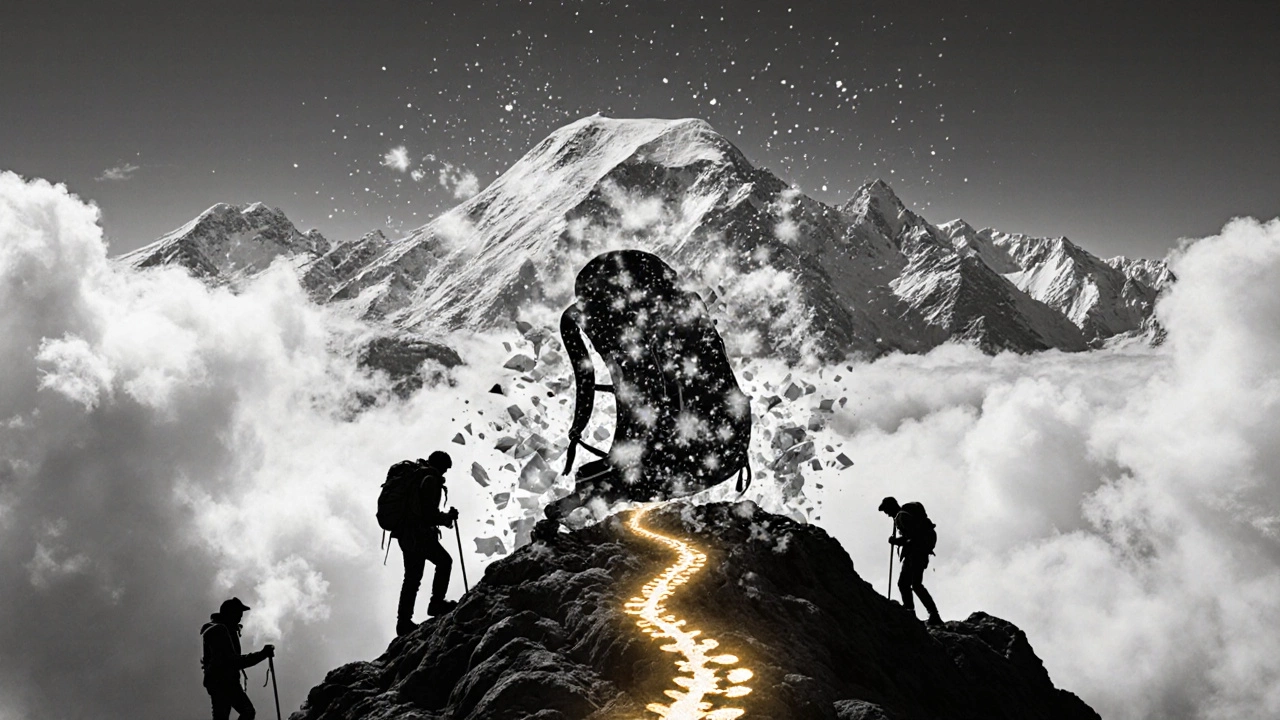
Is It Worth It?
Only you can answer that. But here’s what thousands who’ve done it say: if you survive, you don’t just return home. You come back changed. You sleep deeper. You speak slower. You notice the small things-like the way light hits snow at dawn, or how silence can feel louder than a storm.
It’s not a bucket list item. It’s a transformation.
Is the Kailash Mansarovar trek safe for beginners?
No, it’s not safe for beginners. Even experienced trekkers struggle with altitude and weather on this route. You need at least 6 months of physical training and prior high-altitude experience. Most tour operators require proof of previous treks above 4,500 meters before allowing participation.
How long does the Kailash Mansarovar trek take?
The full trek, including travel to and from India, takes 13 to 15 days. The actual Kailash circumambulation (Kora) is completed in 3 days, with the Dolma La Pass crossed on day 2. The rest of the time is spent acclimatizing, traveling by road, and resting.
Do you need a permit to hike Kailash Mansarovar?
Yes. Indian citizens need a special permit from the Ministry of Home Affairs, issued through authorized travel agencies. Foreign nationals must apply through registered tour operators and obtain additional clearance from Chinese authorities. Permits are limited and require proof of health, travel insurance, and itinerary.
What’s the best time of year to attempt this trek?
The only safe window is late May to early October. Outside this period, snow blocks the passes and temperatures drop dangerously low. July and August bring monsoon rains, making trails muddy and slippery. June and September offer the clearest weather and most stable conditions.
Can you do the Kailash trek without a guide?
Technically, yes-but it’s extremely risky. The route is remote, poorly marked, and prone to sudden weather changes. There’s no phone signal, no rescue infrastructure, and no way to predict avalanches or snowslides. Most reputable agencies require a licensed guide and support team. Going solo is not recommended by any official source.
Final Thought: The Hardest Part Isn’t the Trail
The hardest part of the Kailash Mansarovar trek isn’t the altitude, the cold, or the thin air. It’s the quiet moment when you realize you’re not strong enough. When your legs shake, your lungs burn, and your mind whispers, “Just stop.”
And yet-you keep going.
Because sometimes, the hardest places aren’t meant to be conquered. They’re meant to reveal what you’re made of.

